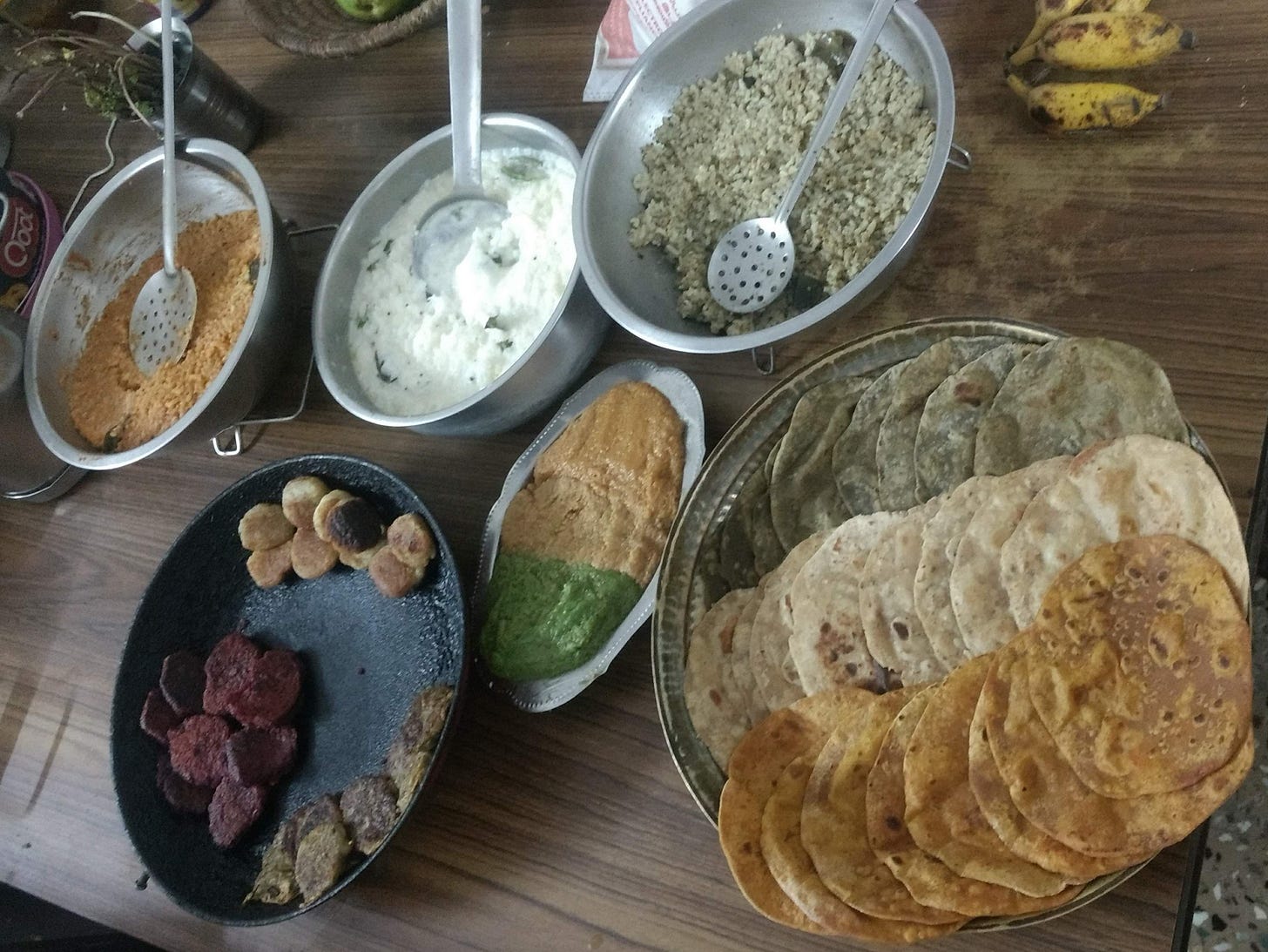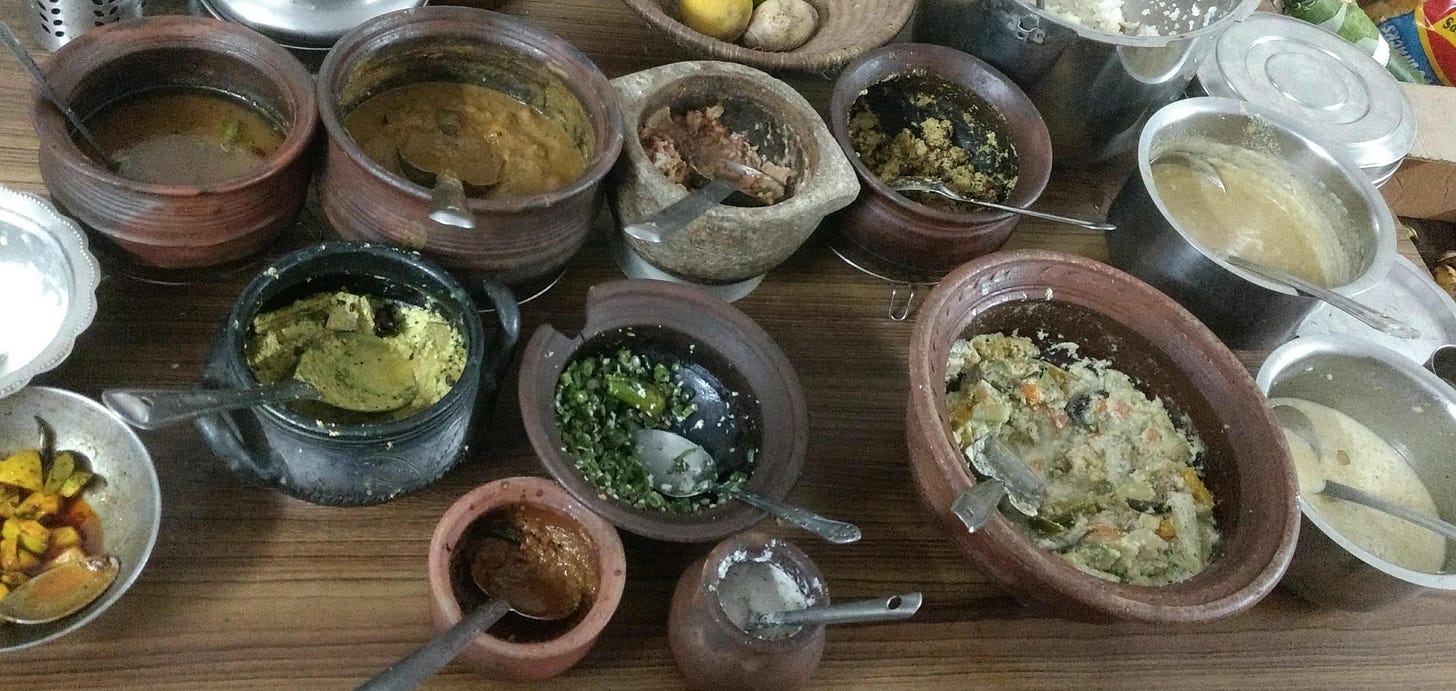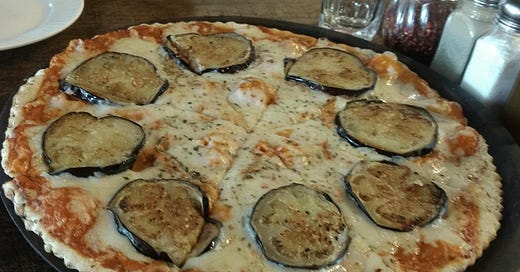This is the second in a series of posts around innovation at your typical workplace. If you missed the first one, you can check it out here.
As noted in a previous post, the series of actions we take to bring an idea to life, making it viable and practical, is the very definition of innovation - not to be confused with invention. A lot of work in software today is built on layers of abstractions - SaaS, PaaS, frameworks, libraries, automations - making this work seem like cobbling something together, rather than creating it from scratch. Little wonder then why many find this to be drudgery.
How do you start to think about changing this reality? Let’s look at an example closer to home to drive home the point.
A Gastronomic Detour
I have been lucky to witness my mother regularly cooking up a storm as far back as my memories can take me. She is not a professional chef, but everyone who knows her, appreciates her penchant for being the host who guarantees overwhelming you with a delectable variety of food. Besides sticking to vegetarian food, there are no limits to the gastronomic adventures she could take you on.
Watch her closely and you would learn the many ways in which she would innovate in the kitchen.
The obvious
Putting ingredients together in a completely novel way to create something unprecedented.
Taking a traditional recipe, and giving it an unexpected twist.
The not so obvious
Reimagining how a dish is plated and presented, to enhance the sensual experience.
Modifying the recipe just enough to make it healthier, whilst retaining the essential flavors.
Reducing the wait time for someone looking forward to a delectable meal.
Reducing wastage by reusing the side-effects of one dish to create another.
Preparing a spread that meets dietary and culinary preferences of a diverse dining group.
Warning: Mouth watering ahead


Remember that none of this matters if -
The diners had to wait too long, or worse, never received the meal
The food was unpalatable
There wasn’t enough to comfortably feed everyone
Your meal may be the most innovatively crafted ever, but if it did not feed the diners, it never met its original purpose.
The Innovative Engineer
What does the equivalent of this look like when it comes to an engineer building a modern piece of software today?
The obvious
Bringing capabilities together to create something new in your application. The cool thing today is to add an LLM-based copilot, for example.
Taking the existing experience and giving it a contemporary and cool twist. Who does not support dark mode today?
The not so obvious
Enhancing the sensual experience by smoothening transitions, introducing witty interventions or even celebrating outcomes the user achieved in the app.
Reducing the wait time for a user by addressing latency.
Reducing wastage by identifying a better way to pack containers in an instance suited to your application’s workload profile.
Helping the user automate something mundane your application repeatedly makes them do.
Again, remember that none of this matters if your software does not do for the user what it promises. Building and shipping software that works is our primary objective. Doing this with a panache and with a cherry on top is what makes it innovative.
What innovation will you bring to your work tomorrow?
The next post in this series looks at how innovation is typically constrained within an organization.





This is a nice way to put it, Satwik.
I felt the same when you have shared the picture of independence day feast prepared by your mom.
It takes a lot of effort to innovate at a daily task such as cooking. How they make up their mind is what makes the effort a game play, I think.
One can attempt to innovate at something they like what they do at first, to make it effortless-effort. For example, I would love cleaning up a code or simplify DX any day and I could apply innovation through this theme. 😀